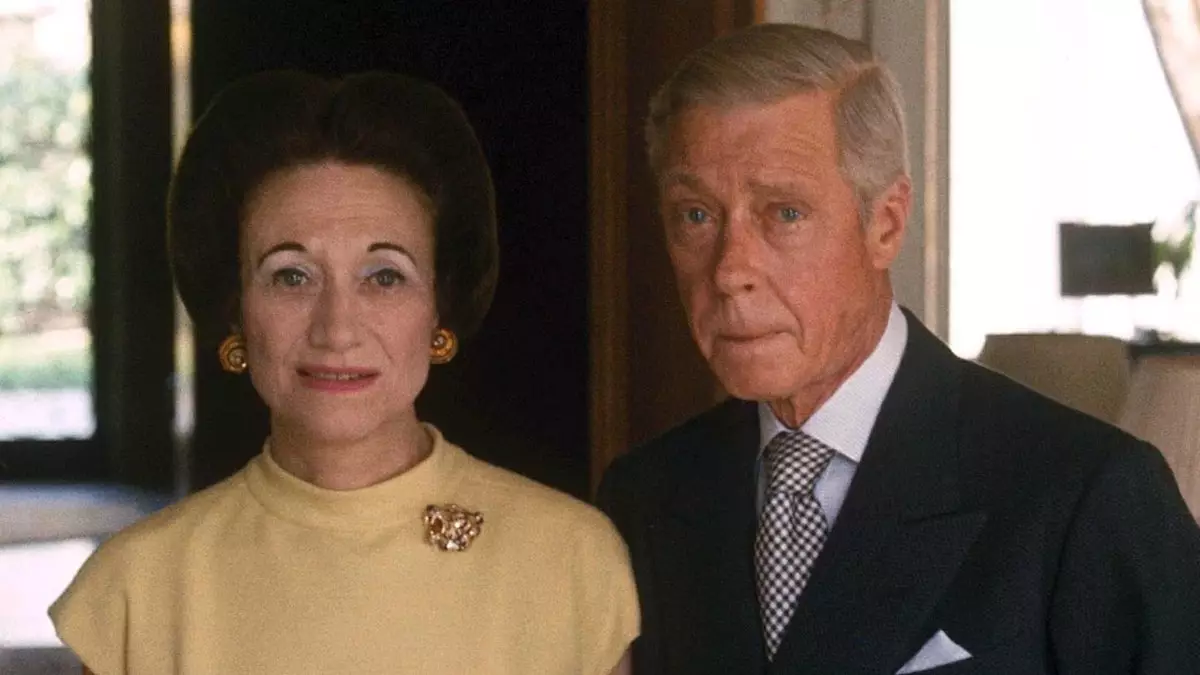The Met Gala has undergone an astonishing transformation over the decades. Once a sophisticated soirée reserved for the elite, it has morphed into a buzzing spectacle of eccentric fashion and celebrity antics. This transition veers sharply from its origins as a charity event focused on the museum’s fundraising goals and the appreciation of haute couture. The charm of the Met Gala in its early years lay in its exclusivity and the profound meaning behind its themed celebrations. In 1974, it was still an elegant affair, one that drew the crème de la crème of society, and at that time, the event welcomed a remarkable guest: Wallis Simpson, Duchess of Windsor.
A Living Legend Enters
Wallis Simpson’s attendance at the 1974 Met Gala on April 23 is a testament to her enduring status as a fashion icon and societal fixture. Stepping into the Metropolitan Museum of Art, she epitomized the idea of grace and composure, alongside her unfathomably storied past. It wasn’t merely her presence that captured the room; it was the rich legacy of her life and choices that added depth to the evening. Her appearance was not just a stroll down the fashion runway; it was a striking reminder of the tumultuous love story that had reverberated through the British monarchy.
Fashion Meets Finesse
On that memorable night, the theme was “Romantic and Glamorous Hollywood Design,” a concept orchestrated by the legendary Diana Vreeland. Vreeland’s vision allowed fashion to take center stage, somberly intertwining aesthetics with the visual narrative of high society. Among the soft hues and decadent silhouettes, Wallis emerged in her breathtaking electric blue gown—a stunning testament to elegance. The dress, with its cascade of covered buttons and a flattering necktie bow, reflected her timeless taste. Although the designer’s name remains a mystery, the gown’s opulent materials and sophisticated lines echo the hallmark of Hubert de Givenchy, her long-time confidant.
Elegance in Detail
Every element of Wallis’s ensemble was poised with precision. She donned crisp white opera gloves, artisanship in their simplicity, embodying the essence of refined elegance. The accessories that accompanied her were just as carefully chosen: a sapphire and diamond brooch held at her shoulder and coordinated earrings that echoed the gown’s majestic hue. Each detail, from the bejeweled bracelet that peeked from her glove to her immaculate coiffure, painted a picture of controlled sophistication. Wallis displayed the rarity of true glamour, eschewing ostentation for something far more poignant: authenticity. Her makeup—a soft blue eyelid shade and a bright coral lip—was intentional yet understated, contributing to the aura of dignified beauty she effortlessly exuded.
A Glimpse into an Era
With her was socialite Mildred Hilson, whose own glamor emerged through pastel ruffles and striking pearls, highlighting a different aspect of mid-century fashion. Together, they were a striking representation of a fading era—an age marked by elegance rather than sensationalism. The photographs captured that night are a haunting reminder of what it means to possess true style; they exude a sense of narrative-rich history rather than a mere flash of contemporary trends. Wallis did not need to captivate the crowd through social media exaggerations or eye-popping trends; her historical presence alone spoke volumes.
Contrasts to Modernity
As we examine the fabric of the Met Gala’s evolution, one can’t help but notice the stark contrasts between Wallis Simpson’s night in 1974 and the modern interpretations of fashion at these events. Today, many attendees prioritize spectacle over substance, often creating garments that provoke shock—or, at times, curiosity—more than elegance. Wallis encompassed the notion of “less is more.” The drama of her presence didn’t stem from frills or audacious displays; it arose from her life story, her decisions, and the aftershocks of those choices. The Met Gala, a canvas that once celebrated traditional elegance, now balances on the precipice of extravagance and creativity; yet it often glosses over true substance—the rich narratives behind those who attend.
In honoring the memory of the past, one can admire how Wallis Simpson at the Met Gala in 1974 showcased the epitome of sophisticated fashion that is often sought after but seldom achieved. In a world where glamour is frequently misconstrued, she stands as a paragon of how elegance and authenticity can reign supreme, serving as an enduring lesson that style fundamentally should reflect the individual’s narrative, not merely the whims of fast-changing trends.

